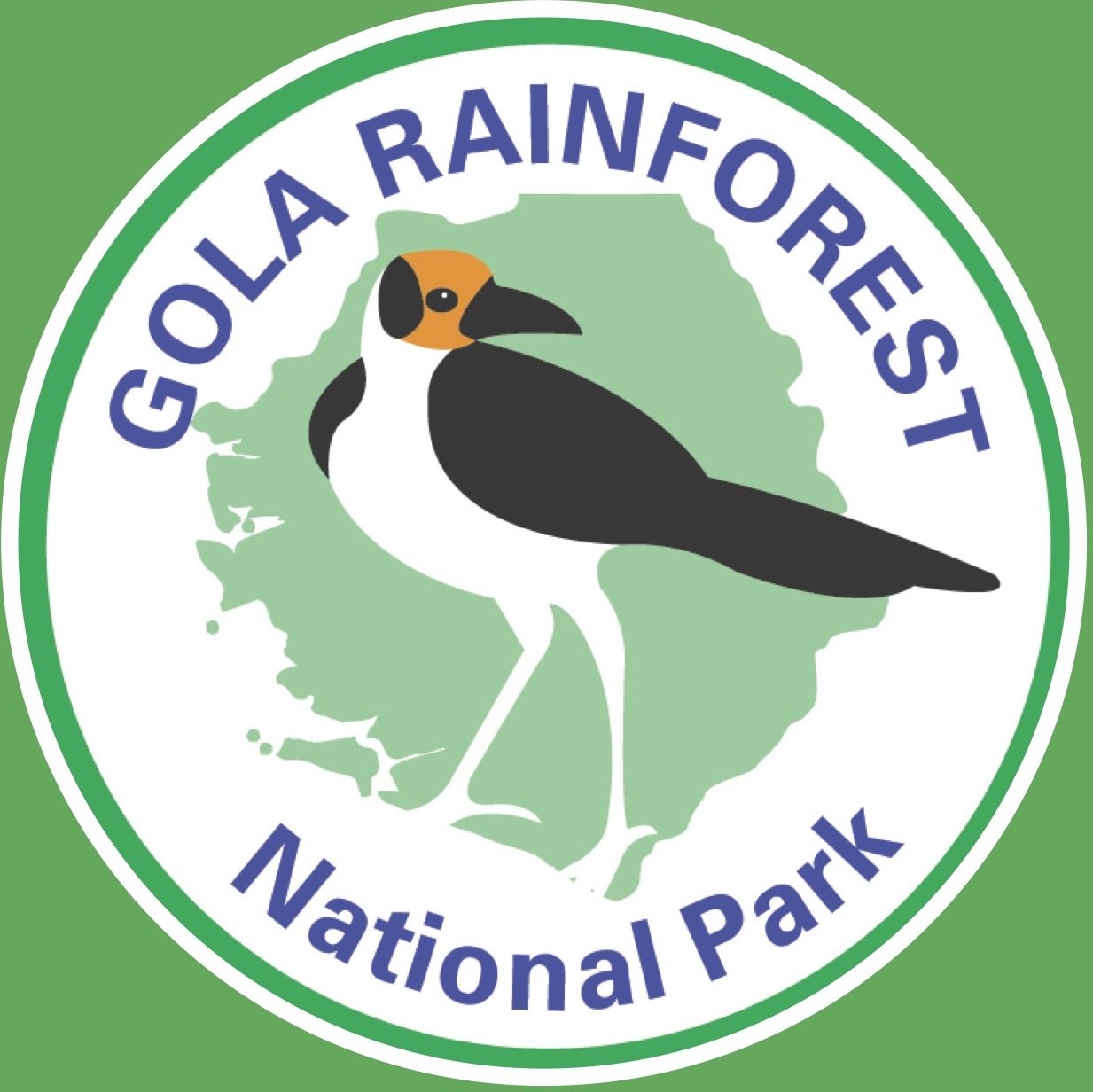The Gola Rainforest
It is believed that only 10% to 30% of the Upper Guinean forest cover that existed at the beginning of the 19th century still exists. The Gola Rainforest represents the westernmost extent of this ancient forest. Covering an area of 71,070 ha, the national park (GRNP) comprises the largest remaining area of intact, lowland rainforest in Sierra Leone and is recognised as a global biodiversity ‘hotspot’ and a priority for international conservation efforts.
The national park is characterized by extensive rolling hills cloaked in evergreen and semi-deciduous forest divided into three blocks – Gola North, Central and South. While forest structure in Gola shares many characteristics with the broader Upper Guinean Forest coastal belt in which it is located, it also shares plant species with Mount Nimba and other forests to the north and with remaining forest fragments to the west that are not present at sites further east.
The forests of GRNP have largely remained intact despite its history of logging and a decade of civil war during the 1990s. Regenerating secondary forest (in old logging areas) is largely confined to the edges of the park with the core interior zone supporting high, primary forest and abundant wildlife. Current satellite imagery shows the park as an ‘island of green’ in a largely agricultural landscape, confirming that the park’s forests continue to be effectively protected.
Plant Diversity
Botanical assessments have identified over 1,000 plant species, half of which are endemic to the Upper Guinea Forest ecosystem. Of these 1,000 plant species that are known to occur in the park, 232 are tree species. The most common family is identified as Leguminosae, with common species such as Cynometra leonensis and Brachystegia leonensis. However, the most dominant tree species is Heritiera utilis (Sterculiaceae).
The IUCN classification for plants is incomplete. Nonetheless, at least 39 species found in Gola are listed on the IUCN Red List as globally threatened. This includes one, Tieghemella heckelii, that is classified as Endangered and 20 classified as Vulnerable. Poorter et al. (2004) classified 278 woody plants in the Upper Guinea forests as rare or threatened based on the extent of distribution and threats from human exploitation. Of these, 67 have been recorded in the park.

